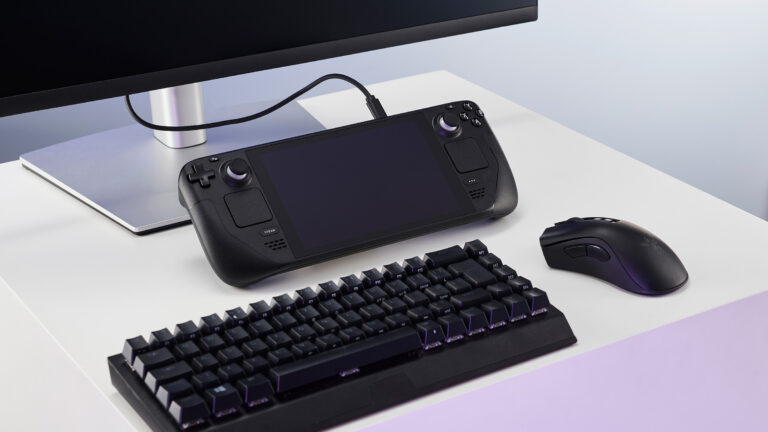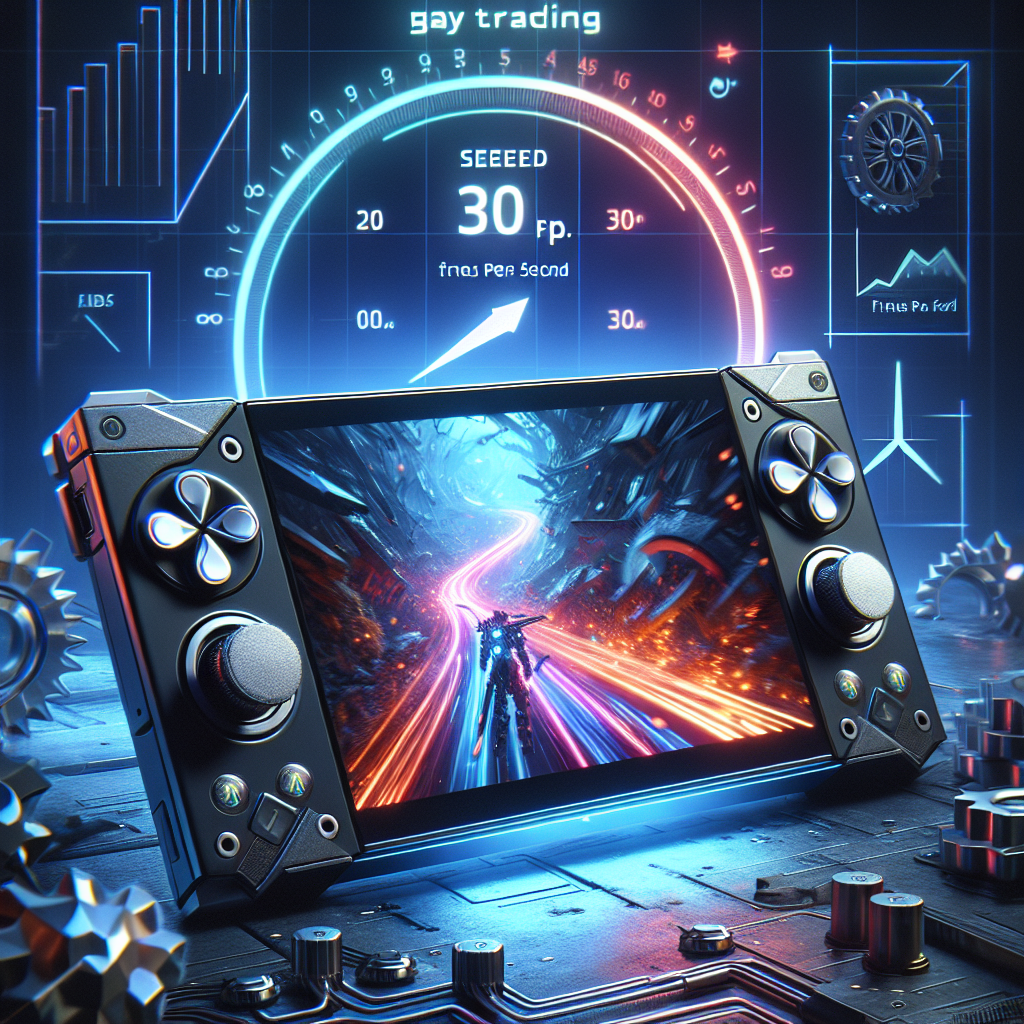Introduction to Steam Deck’s Path Tracing Capabilities
The Steam Deck has demonstrated a surprising capability to handle path tracing, a rendering technique known for its stunning but performance-intensive lighting effects. By fine-tuning the settings, users can experience path-traced games at a respectable frame rate on this handheld device, showcasing its versatility and power.
Video Demonstration of Portal RTX on Steam Deck
A YouTube video by NightSightProductions has showcased the game Portal RTX running smoothly at 30 fps on the Steam Deck. The video provides a clear look at the settings adjustments necessary to achieve this performance, as well as the gameplay experience with path tracing enabled. The embedded video below offers a glimpse into how the game performs on the handheld device.
Optimizing Settings for Performance
To achieve playable frame rates on the Steam Deck, specific settings were optimized. The resolution was reduced, and secondary bounces were disabled in the RTX Remix developer menu. Below is a comparison of the optimized settings versus the ultra settings:
| Optimized Settings for Steam Deck | Ultra Settings (Typical High-End PCs) |
|---|---|
| Resolution: 864 x 486 | High Resolution (e.g., 1080p or higher) |
| Secondary Bounces: Disabled | 4 Raw Bounces |
Visual Impact and Atmosphere
The implementation of path tracing on the Steam Deck has a profound visual impact on the atmosphere of games, as demonstrated with Portal RTX. Despite the lower resolution and disabled secondary bounces, the game exhibits a moodier and more horror-like ambiance. This shift in atmosphere is a testament to the power of lighting in game design, proving that even with compromised graphical settings, the visual experience can be deeply engaging.
- Enhanced shadows and contrast, contributing to a more dramatic visual tone
- More pronounced lighting effects, adding depth to the game’s environments
- A shift towards a darker, more immersive atmosphere reminiscent of horror games
The Significance of Path Tracing in Gaming
Path traced lighting is a game-changer in the realm of video game graphics, offering a level of realism and immersion that traditional rendering techniques struggle to match. The significance of path tracing lies in its ability to simulate the way light interacts with objects in a scene, creating lifelike shadows, reflections, and diffusion. This technology is not just reserved for high-end PCs anymore; as demonstrated by the Steam Deck, path tracing can be optimized to run on more accessible hardware without sacrificing the enriched atmosphere it brings to games. The Steam Deck’s ability to handle such advanced graphical features is a promising sign for the future of gaming on portable devices.
Conclusion
In conclusion, the Steam Deck’s ability to run path tracing at a respectable frame rate with settings adjustments is a remarkable feat. It underscores the importance of balancing high-resolution graphics with the combination of lighting, atmosphere, and art design. This balance can elevate the gaming experience, proving that sometimes, the essence of a game’s visual appeal lies in its atmospheric and design elements rather than sheer pixel count.


